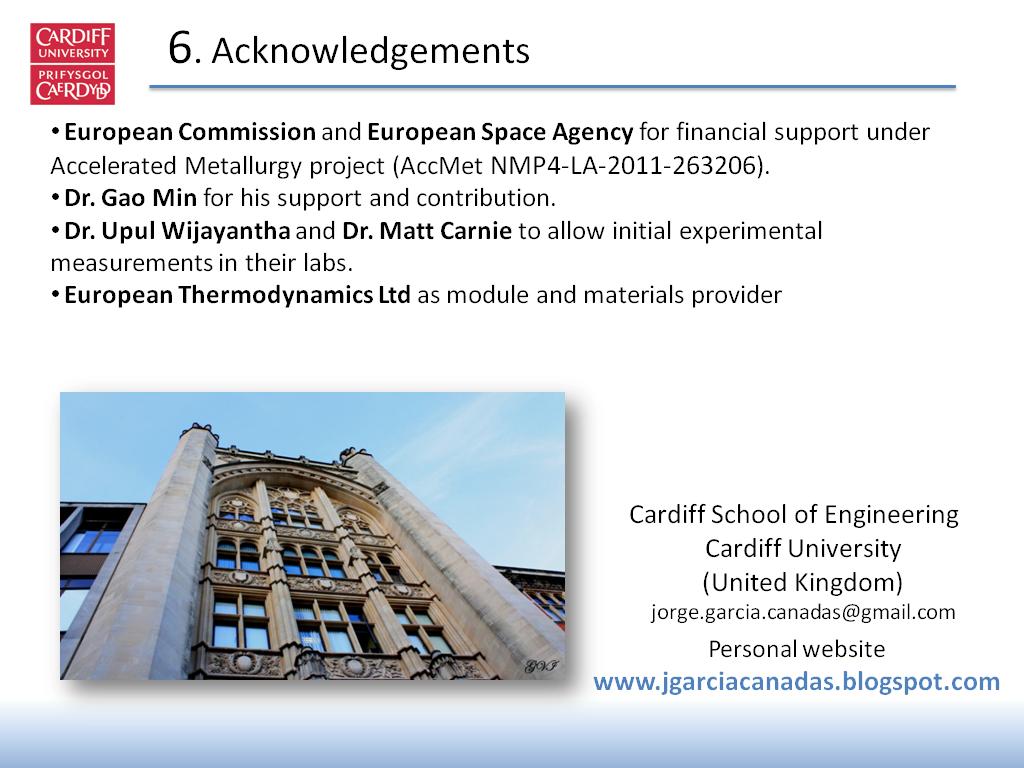Impedance Spectroscopy Methods Applied to Thermoelectric Materials and Devices
Impedance Spectroscopy Methods Applied to Thermoelectric Materials and Devices
-
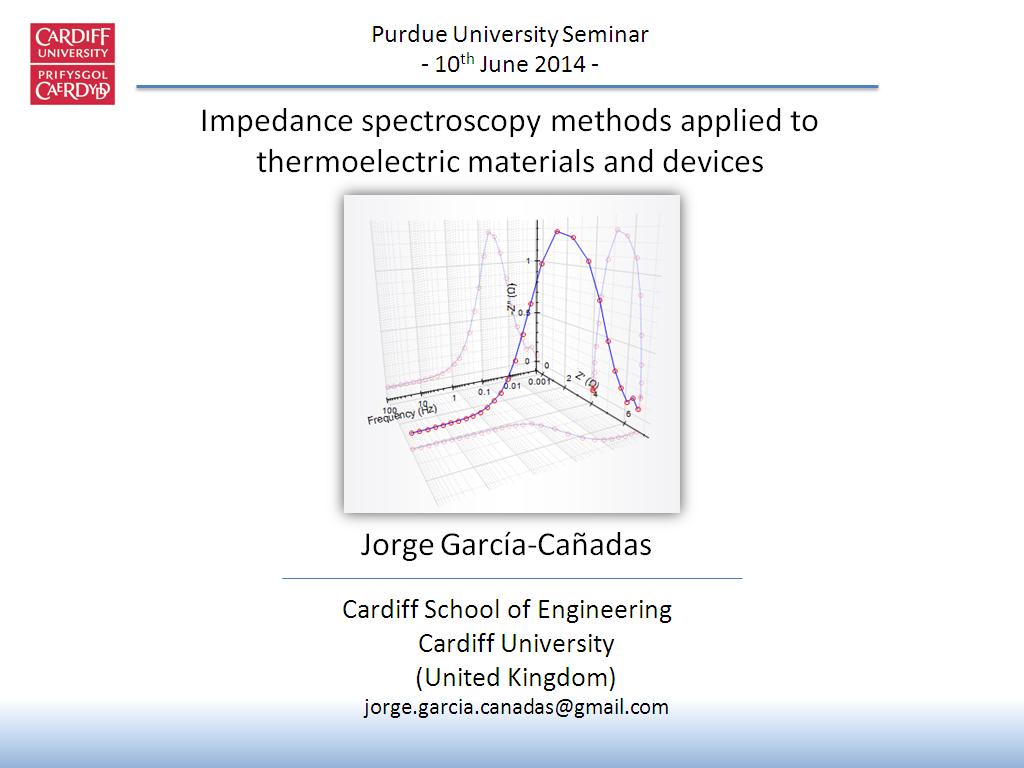 1. Impedance spectroscopy methods…
0
00:00/00:00
1. Impedance spectroscopy methods…
0
00:00/00:00 -
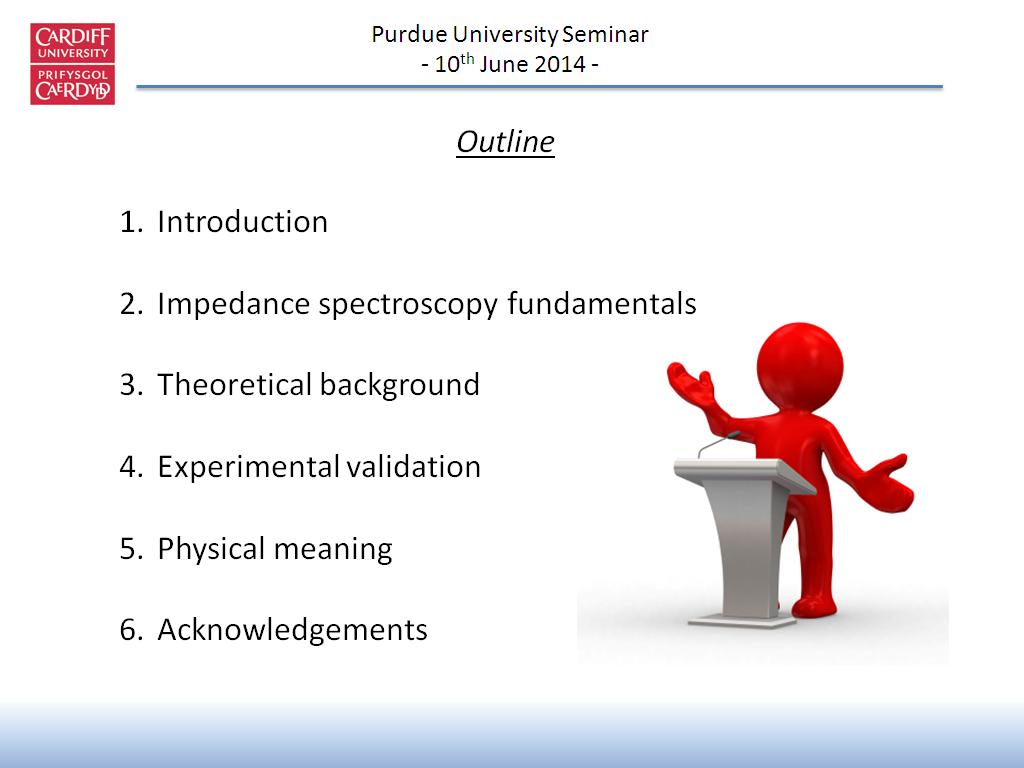 2. Outline
27.427427427427428
00:00/00:00
2. Outline
27.427427427427428
00:00/00:00 -
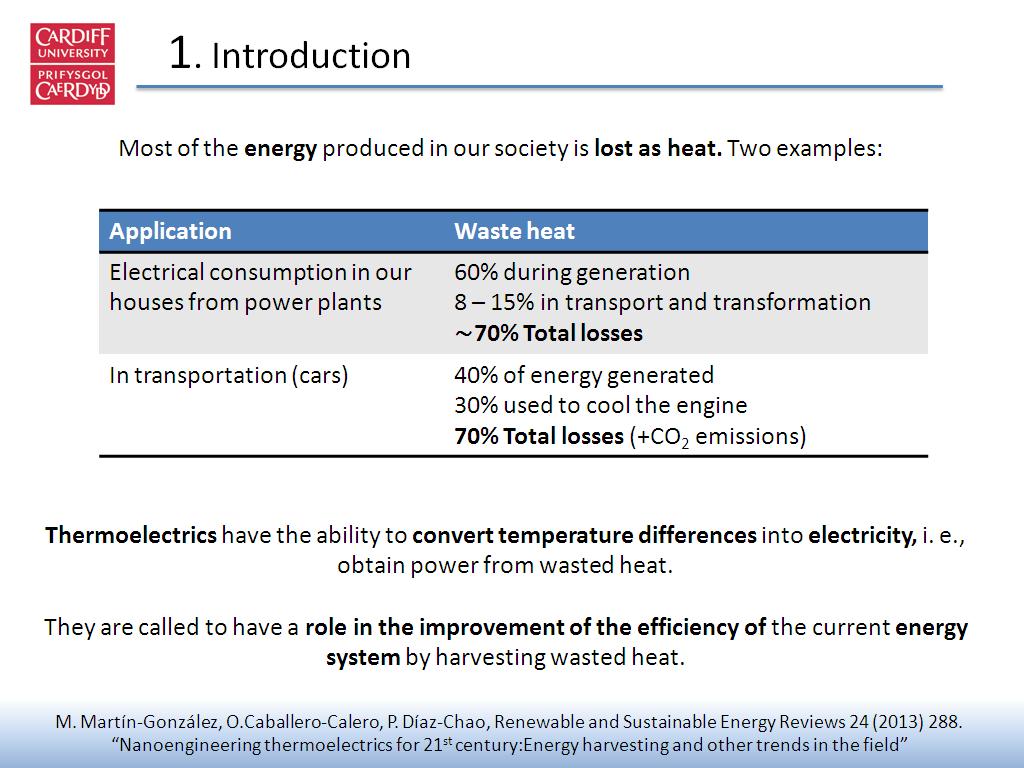 3. 1. Introduction
60.79412746079413
00:00/00:00
3. 1. Introduction
60.79412746079413
00:00/00:00 -
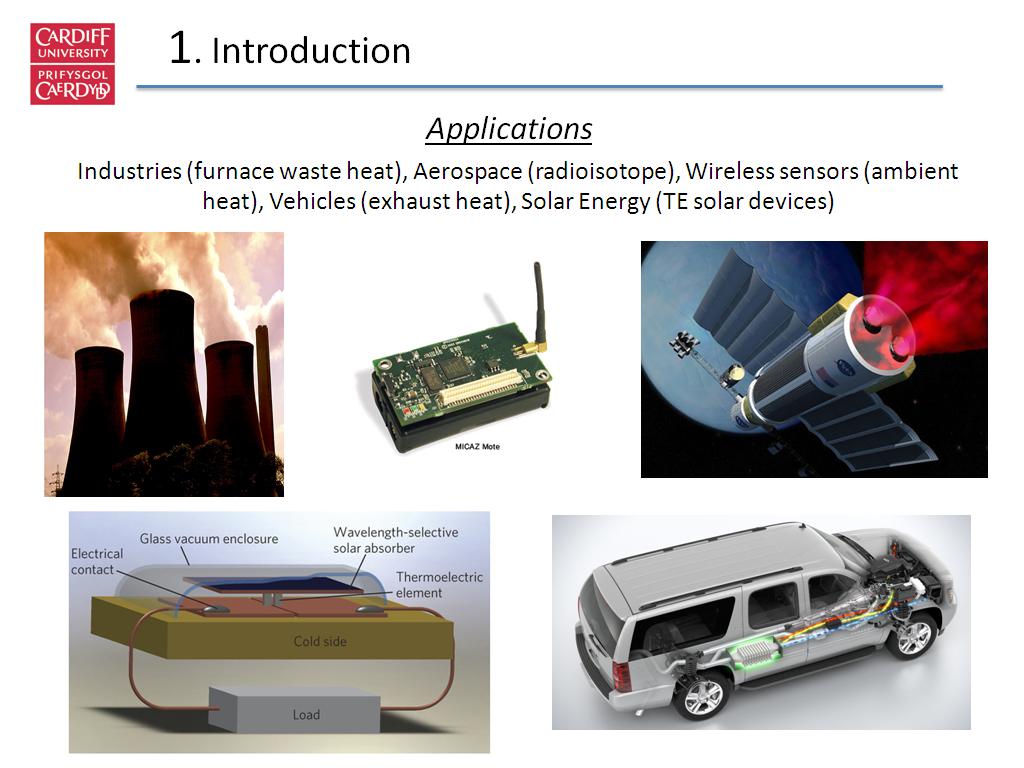 4. 1. Introduction
134.93493493493494
00:00/00:00
4. 1. Introduction
134.93493493493494
00:00/00:00 -
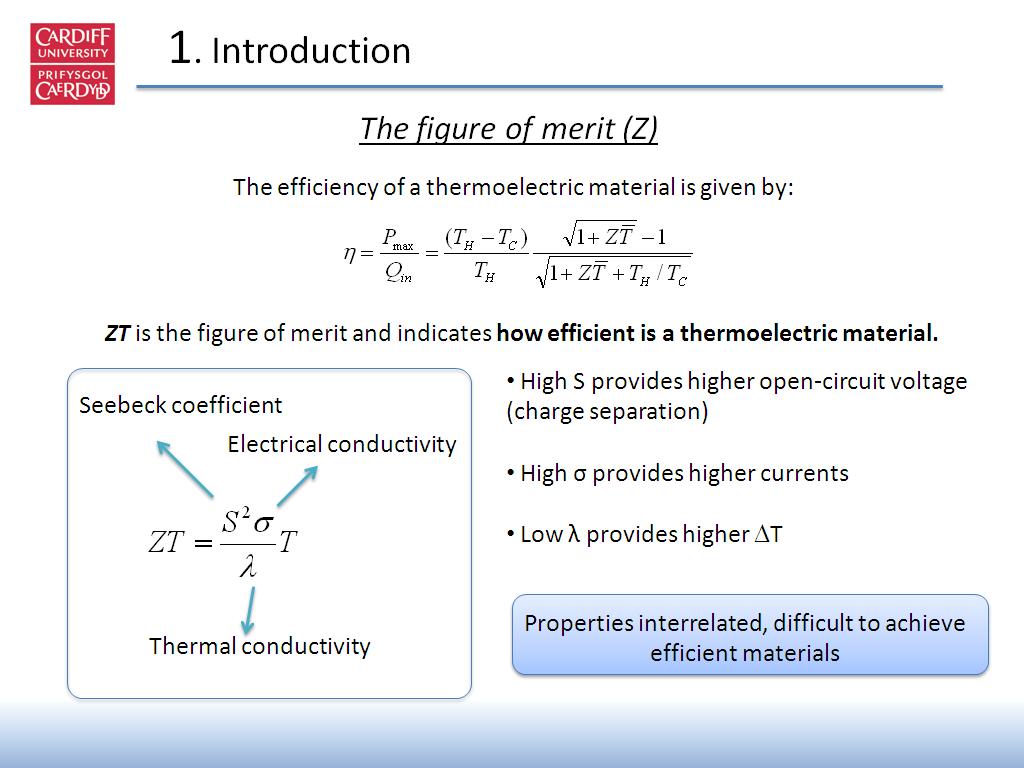 5. 1. Introduction
202.36903570236905
00:00/00:00
5. 1. Introduction
202.36903570236905
00:00/00:00 -
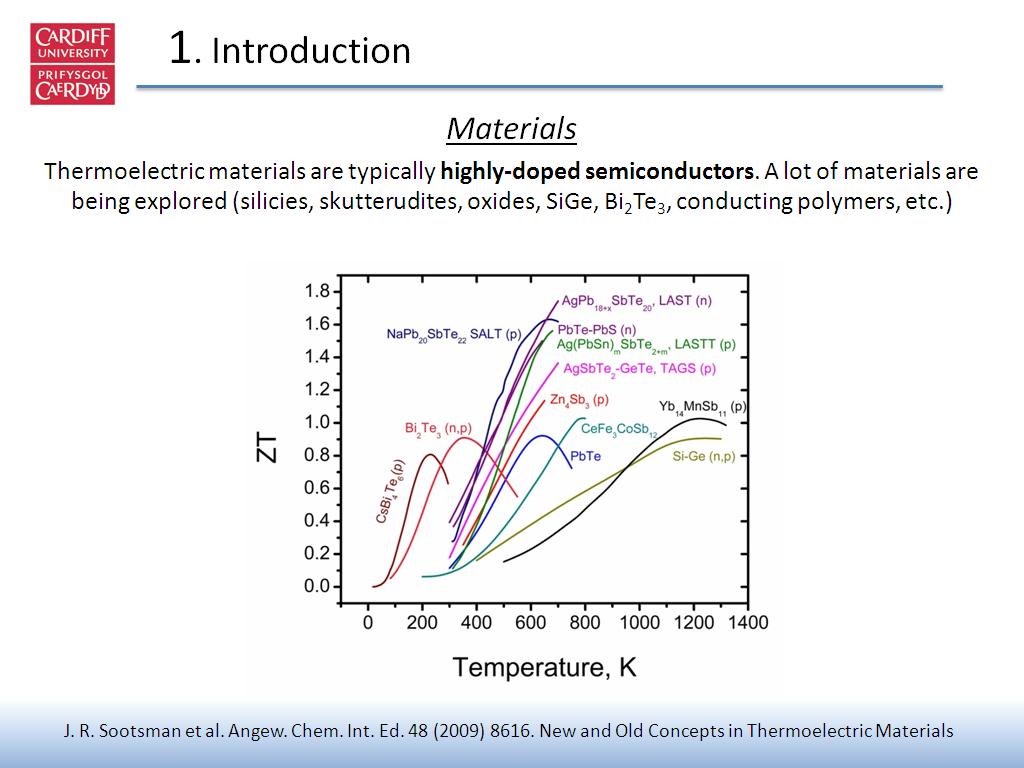 6. 1. Introduction
311.91191191191194
00:00/00:00
6. 1. Introduction
311.91191191191194
00:00/00:00 -
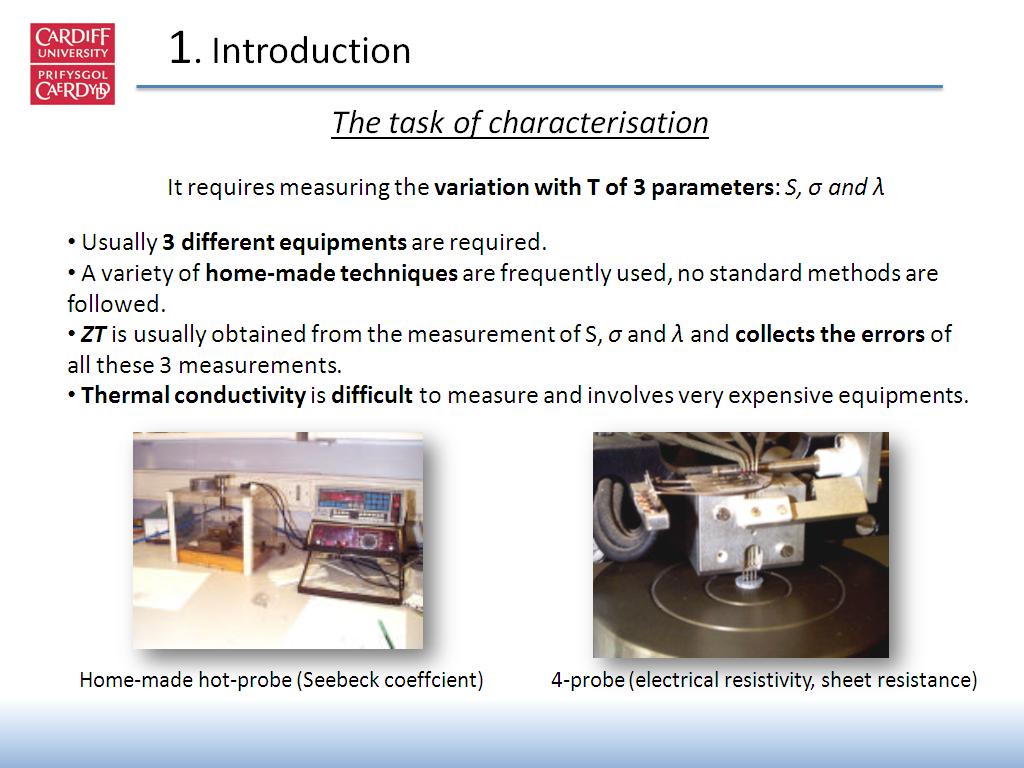 7. 1. Introduction
345.74574574574575
00:00/00:00
7. 1. Introduction
345.74574574574575
00:00/00:00 -
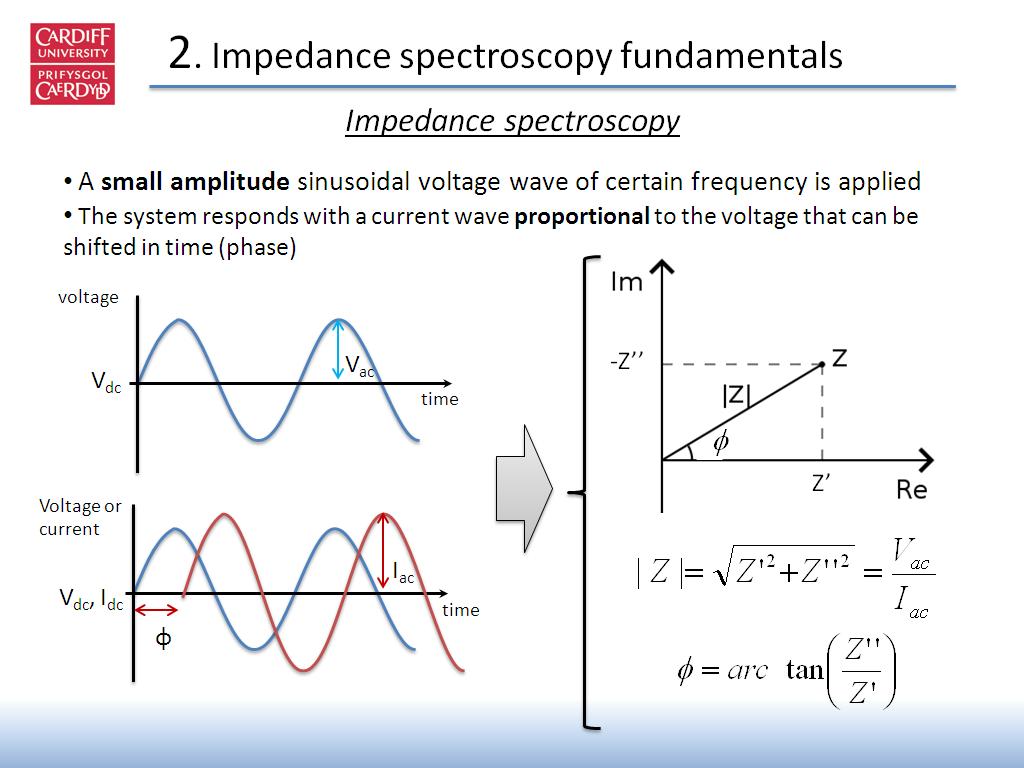 8. 2. Impedance spectroscopy fund…
418.3516850183517
00:00/00:00
8. 2. Impedance spectroscopy fund…
418.3516850183517
00:00/00:00 -
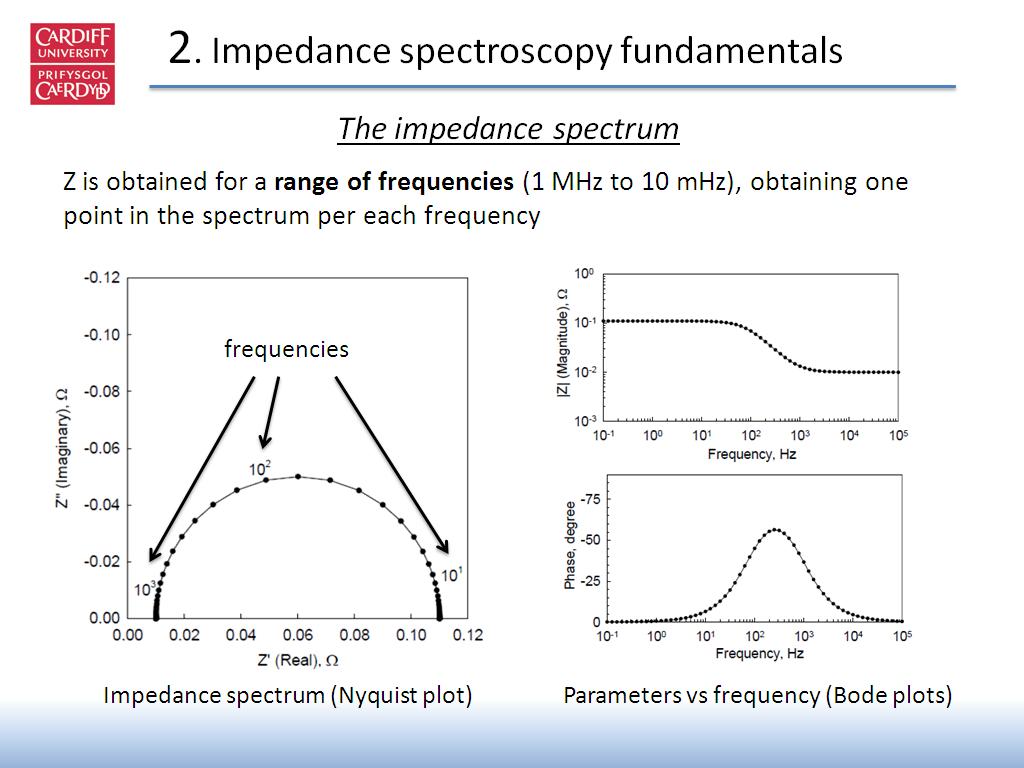 9. 2. Impedance spectroscopy fund…
492.55922589255925
00:00/00:00
9. 2. Impedance spectroscopy fund…
492.55922589255925
00:00/00:00 -
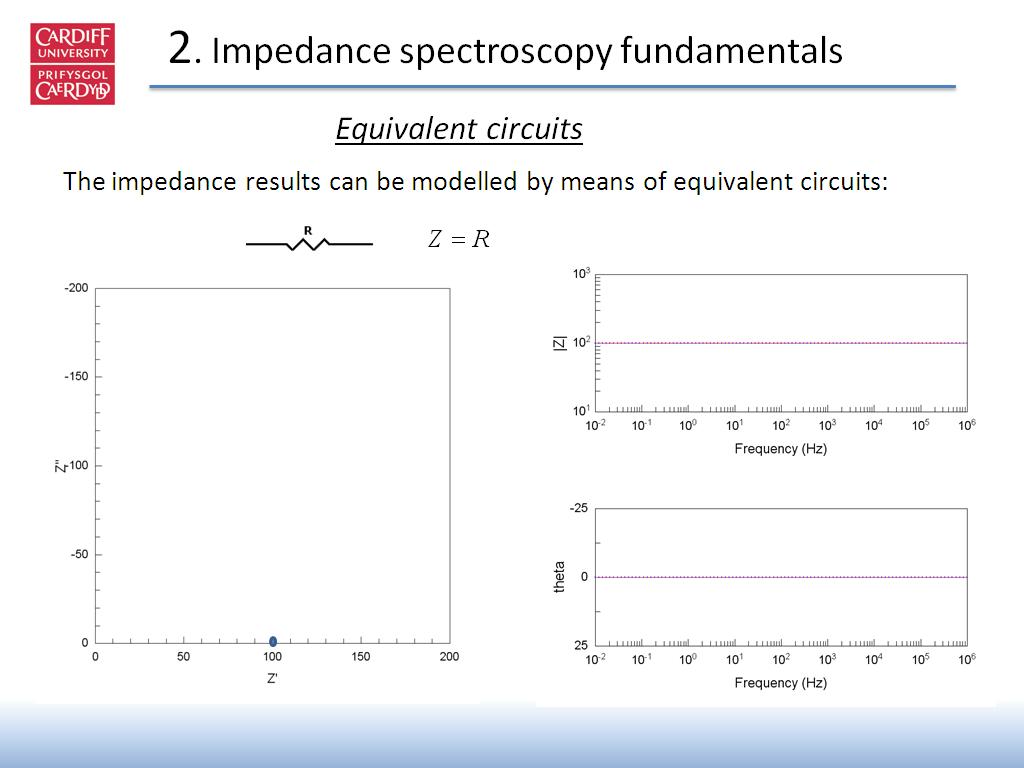 10. 2. Impedance spectroscopy fund…
553.586920253587
00:00/00:00
10. 2. Impedance spectroscopy fund…
553.586920253587
00:00/00:00 -
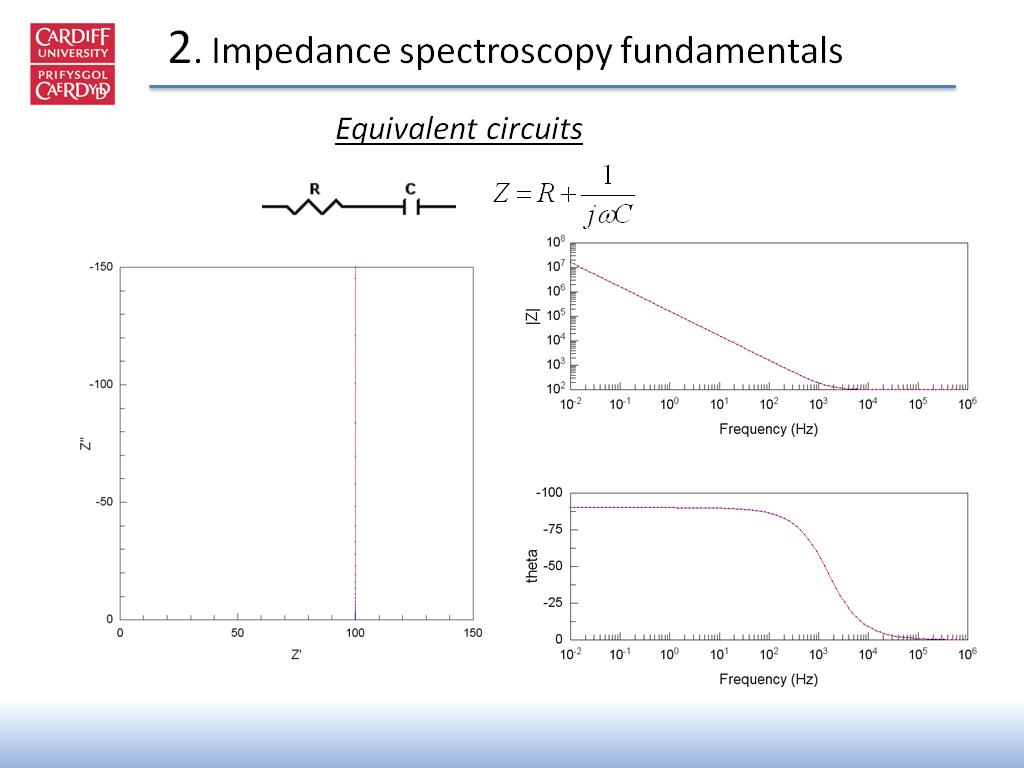 11. 2. Impedance spectroscopy fund…
580.71404738071408
00:00/00:00
11. 2. Impedance spectroscopy fund…
580.71404738071408
00:00/00:00 -
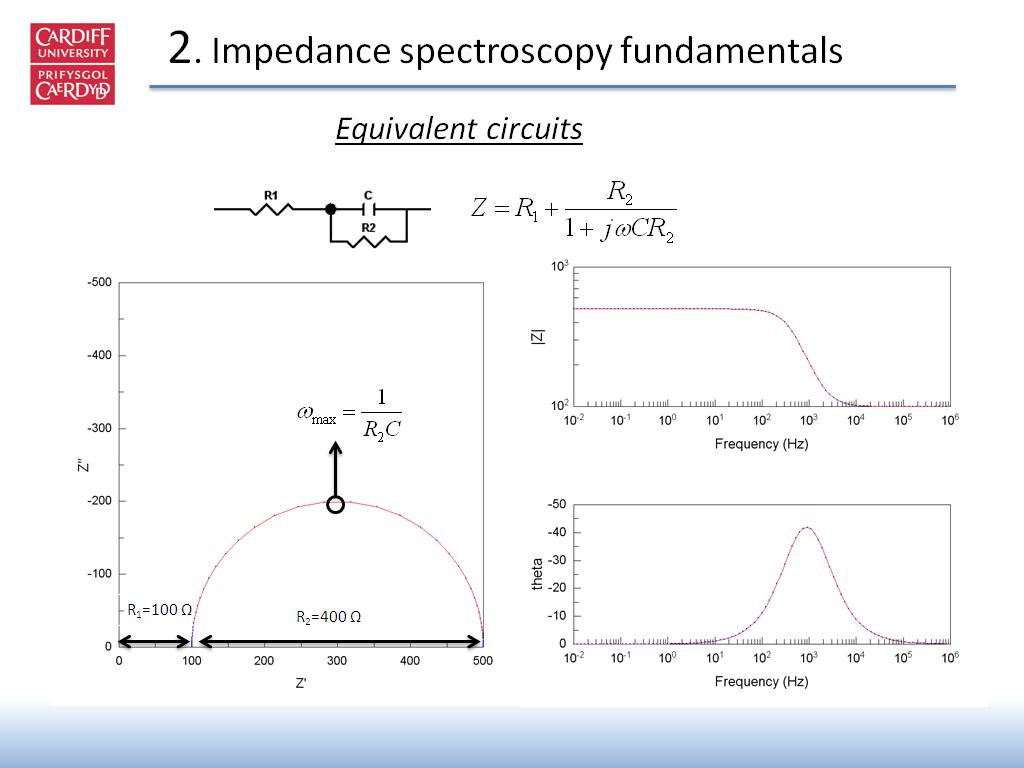 12. 2. Impedance spectroscopy fund…
605.538872205539
00:00/00:00
12. 2. Impedance spectroscopy fund…
605.538872205539
00:00/00:00 -
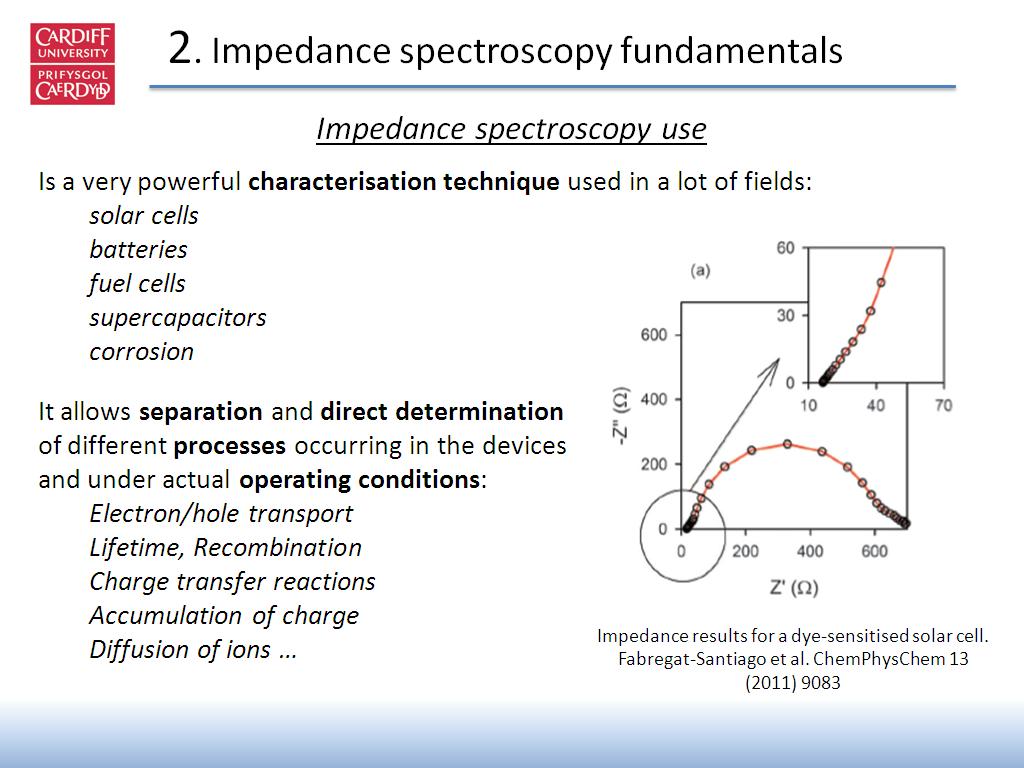 13. 2. Impedance spectroscopy fund…
647.24724724724729
00:00/00:00
13. 2. Impedance spectroscopy fund…
647.24724724724729
00:00/00:00 -
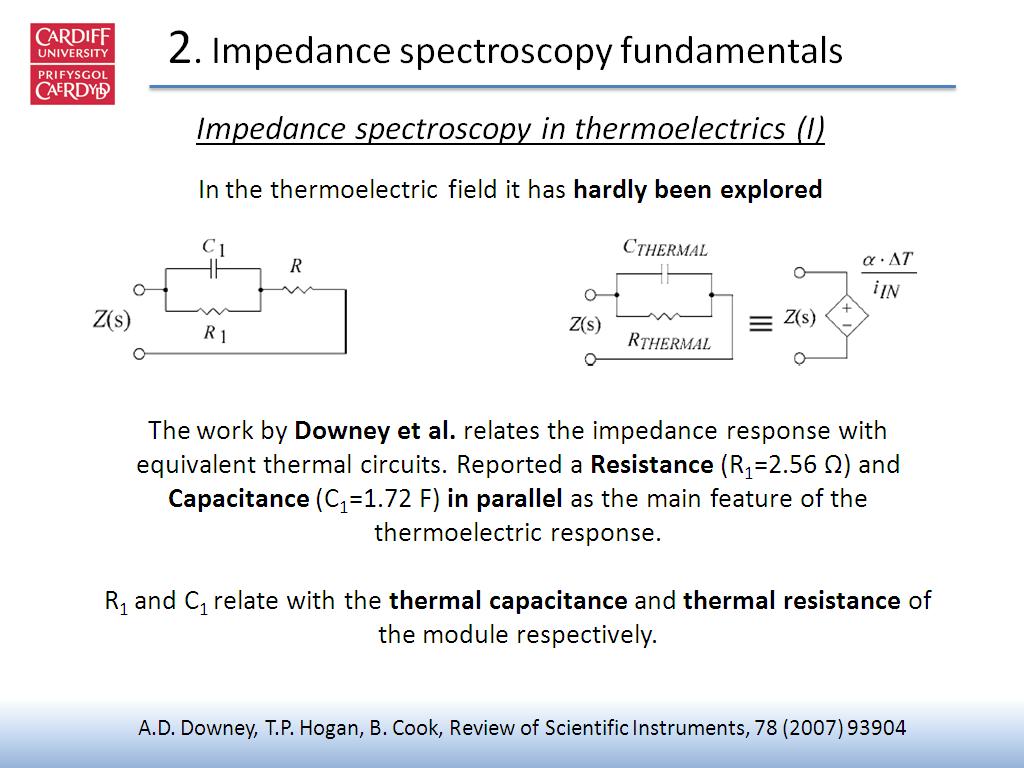 14. 2. Impedance spectroscopy fund…
793.76042709376043
00:00/00:00
14. 2. Impedance spectroscopy fund…
793.76042709376043
00:00/00:00 -
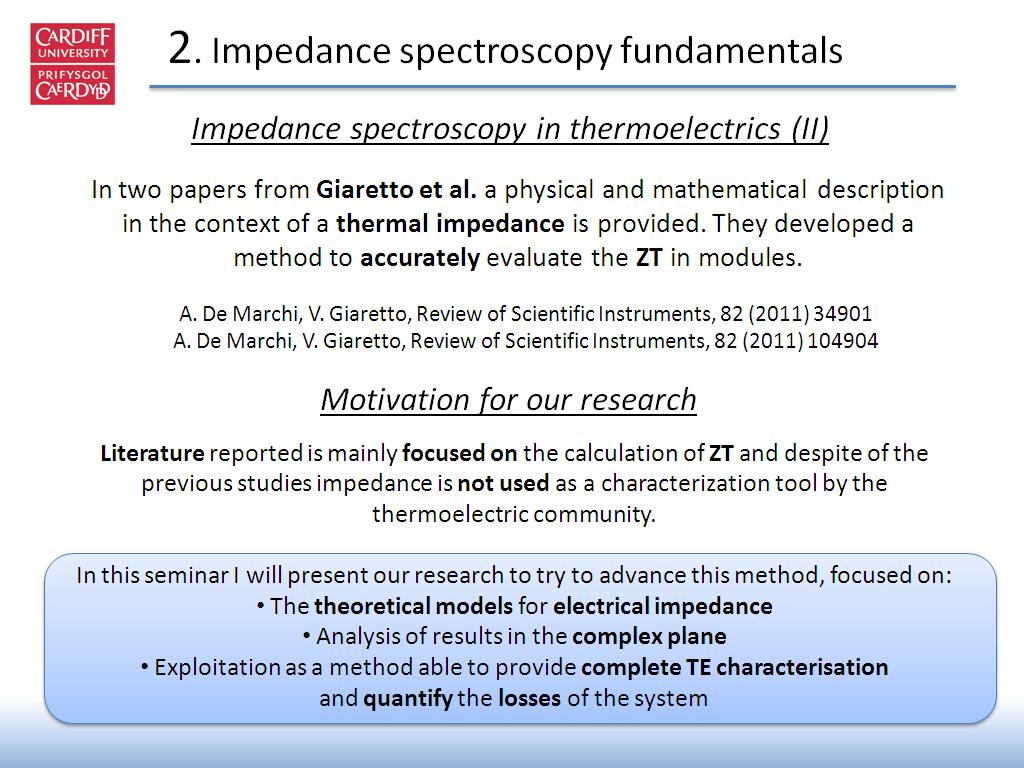 15. 2. Impedance spectroscopy fund…
834.20086753420094
00:00/00:00
15. 2. Impedance spectroscopy fund…
834.20086753420094
00:00/00:00 -
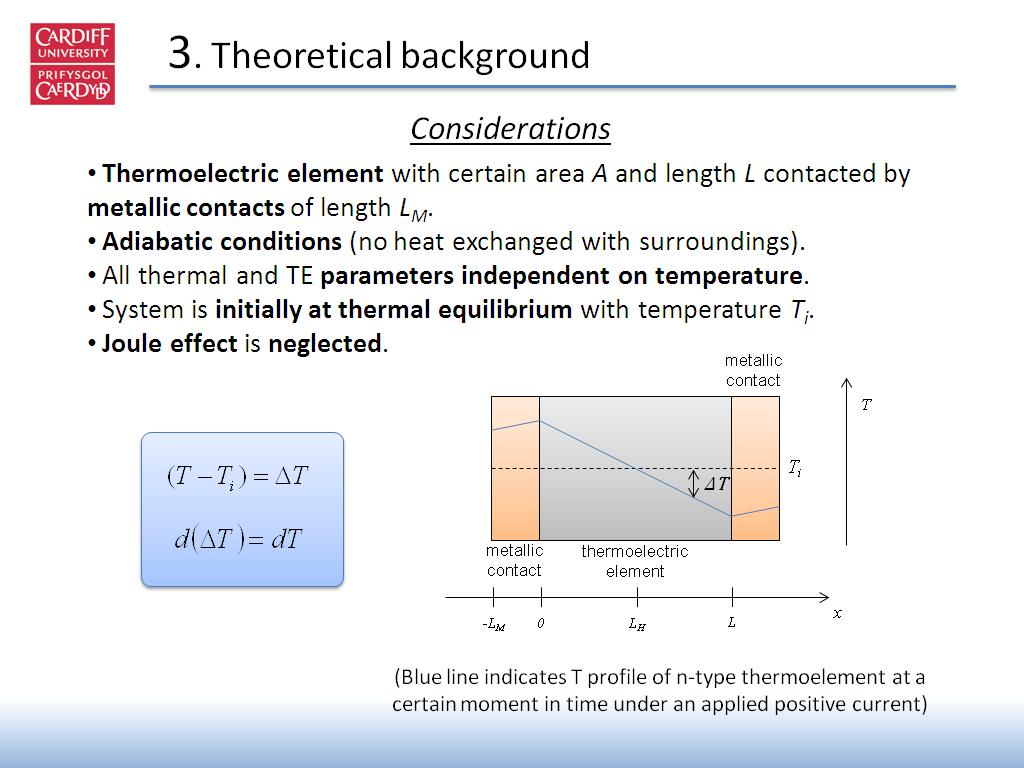 16. 3. Theoretical background
950.18351685018354
00:00/00:00
16. 3. Theoretical background
950.18351685018354
00:00/00:00 -
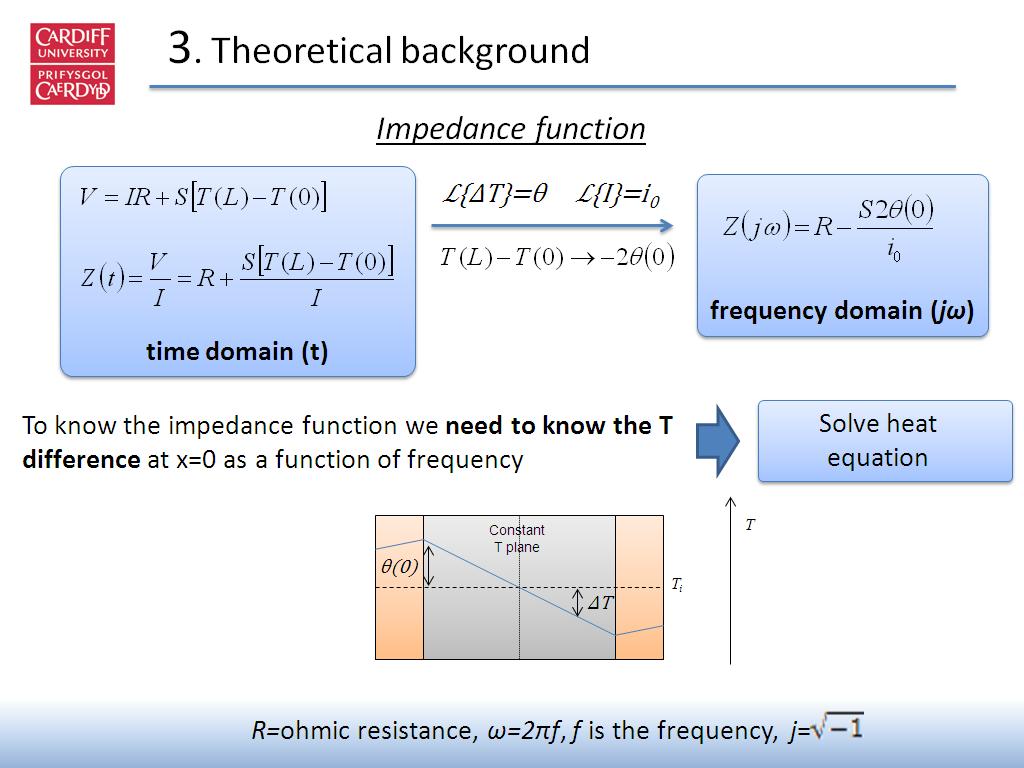 17. 3. Theoretical background
1069.7364030697365
00:00/00:00
17. 3. Theoretical background
1069.7364030697365
00:00/00:00 -
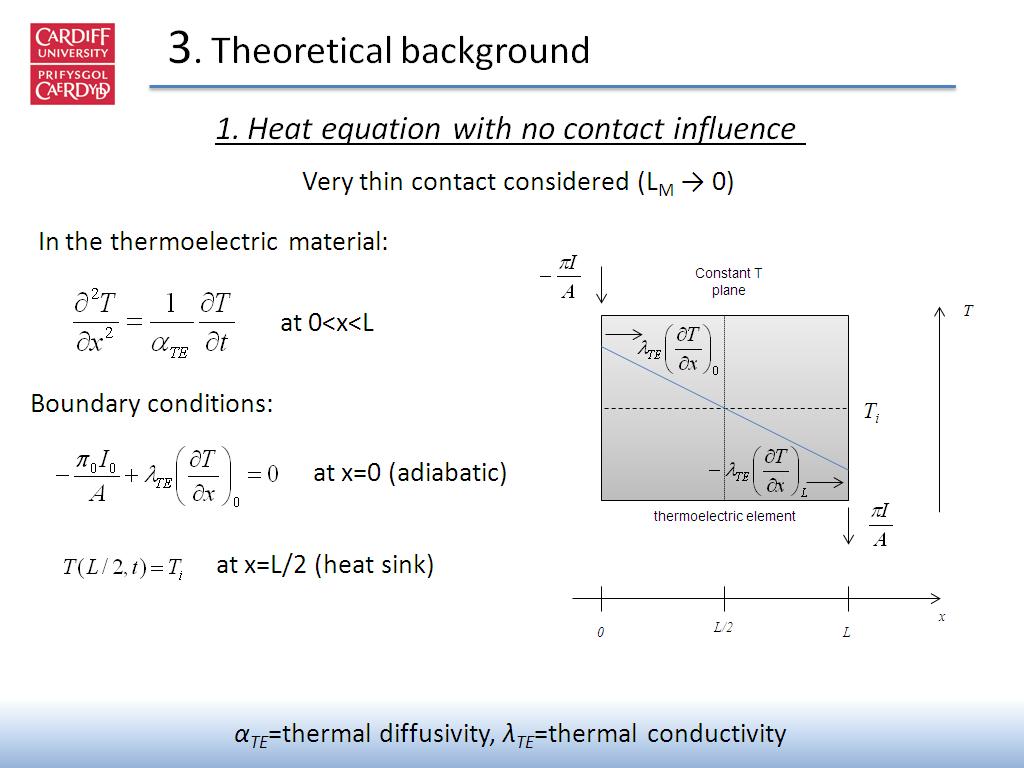 18. 3. Theoretical background
1188.4217550884218
00:00/00:00
18. 3. Theoretical background
1188.4217550884218
00:00/00:00 -
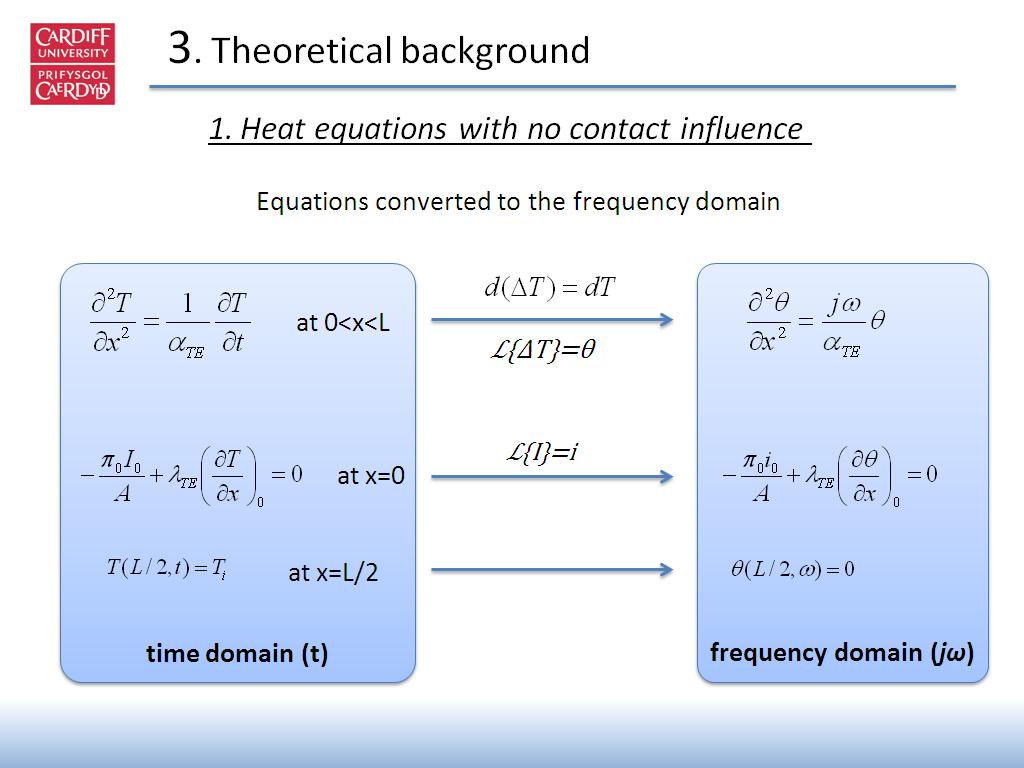 19. 3. Theoretical background
1269.1691691691692
00:00/00:00
19. 3. Theoretical background
1269.1691691691692
00:00/00:00 -
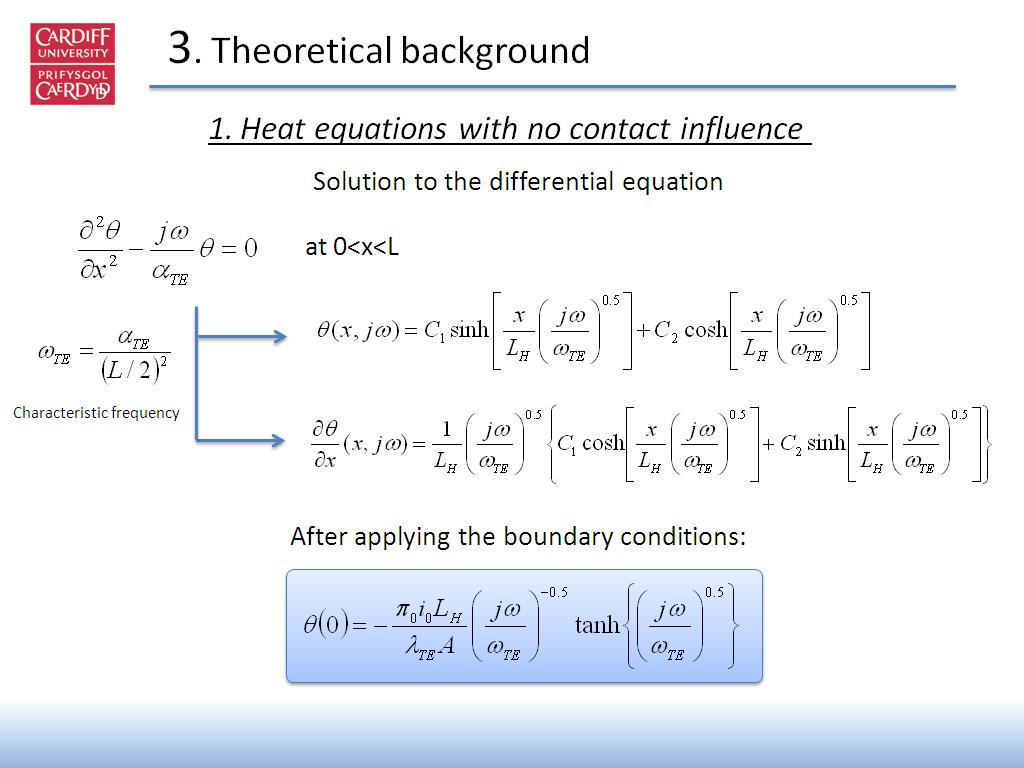 20. 3. Theoretical background
1289.9232565899233
00:00/00:00
20. 3. Theoretical background
1289.9232565899233
00:00/00:00 -
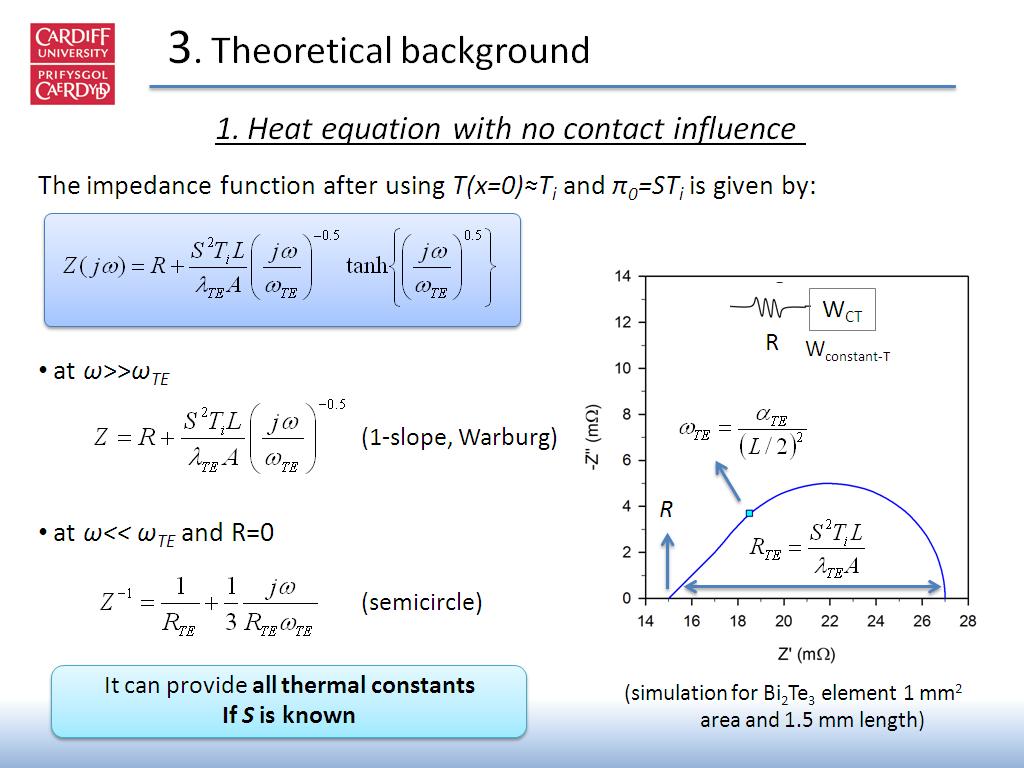 21. 3. Theoretical background
1338.204871538205
00:00/00:00
21. 3. Theoretical background
1338.204871538205
00:00/00:00 -
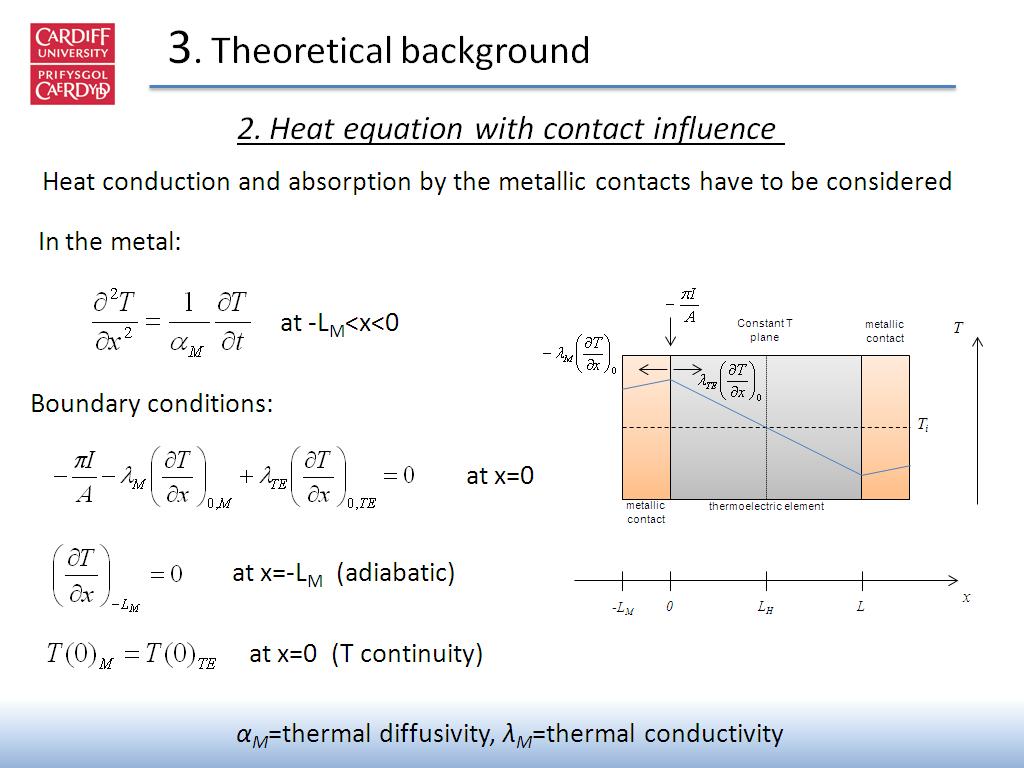 22. 3. Theoretical background
1528.1281281281281
00:00/00:00
22. 3. Theoretical background
1528.1281281281281
00:00/00:00 -
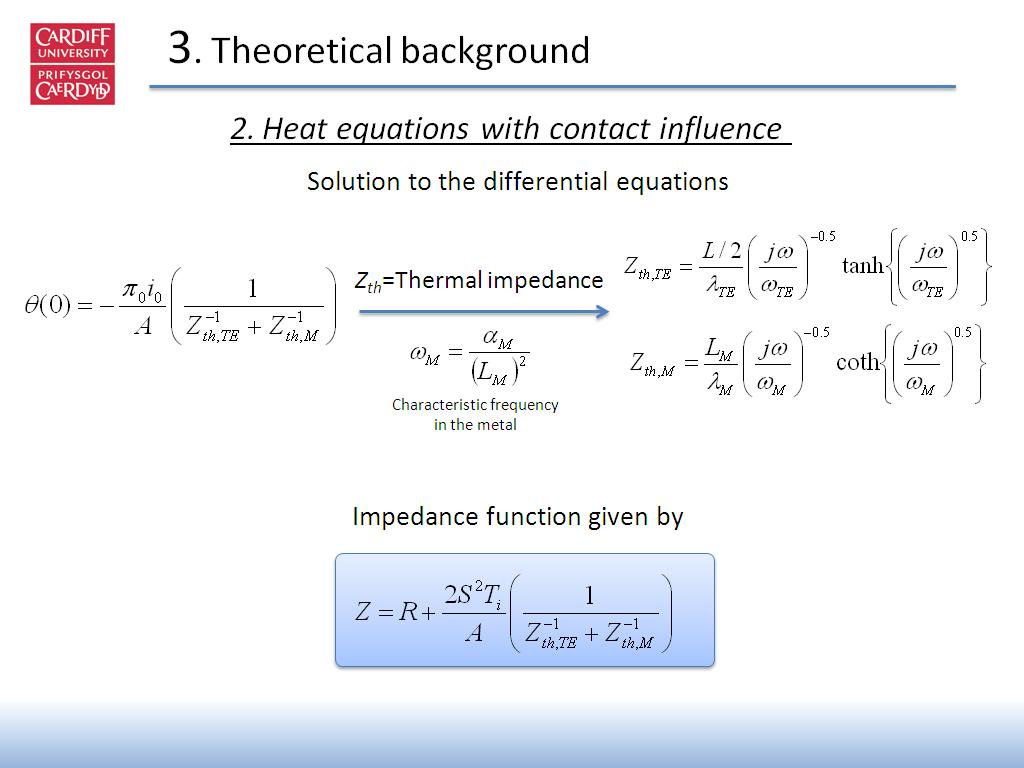 23. 3. Theoretical background
1594.1941941941943
00:00/00:00
23. 3. Theoretical background
1594.1941941941943
00:00/00:00 -
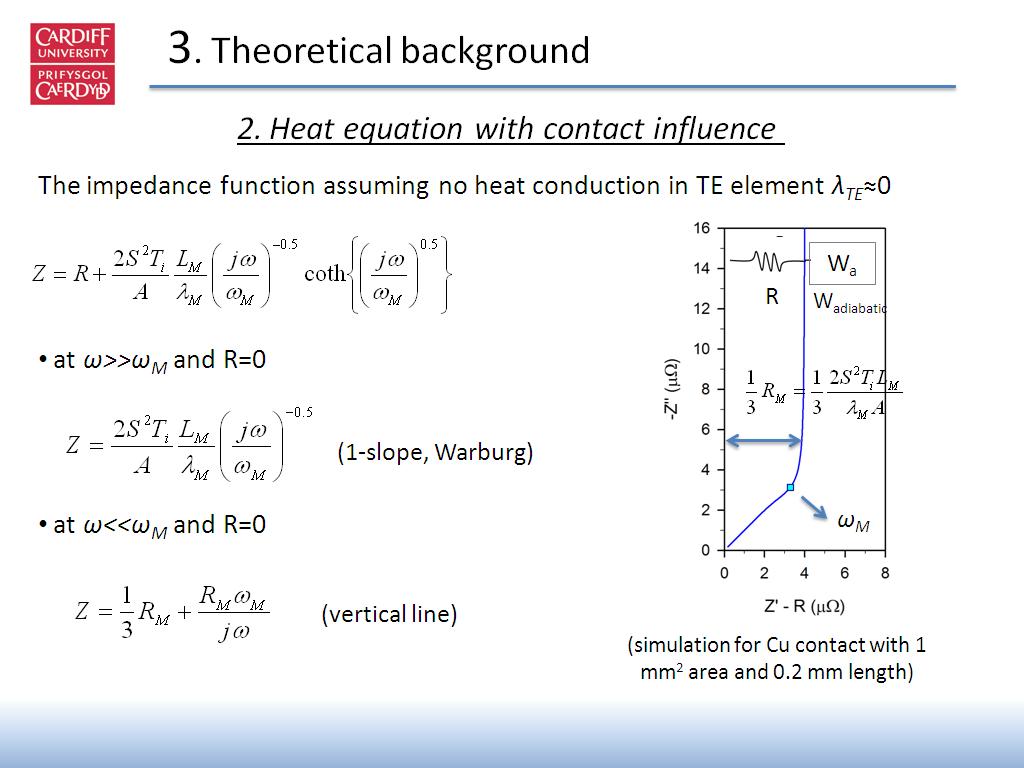 24. 3. Theoretical background
1639.4728061394728
00:00/00:00
24. 3. Theoretical background
1639.4728061394728
00:00/00:00 -
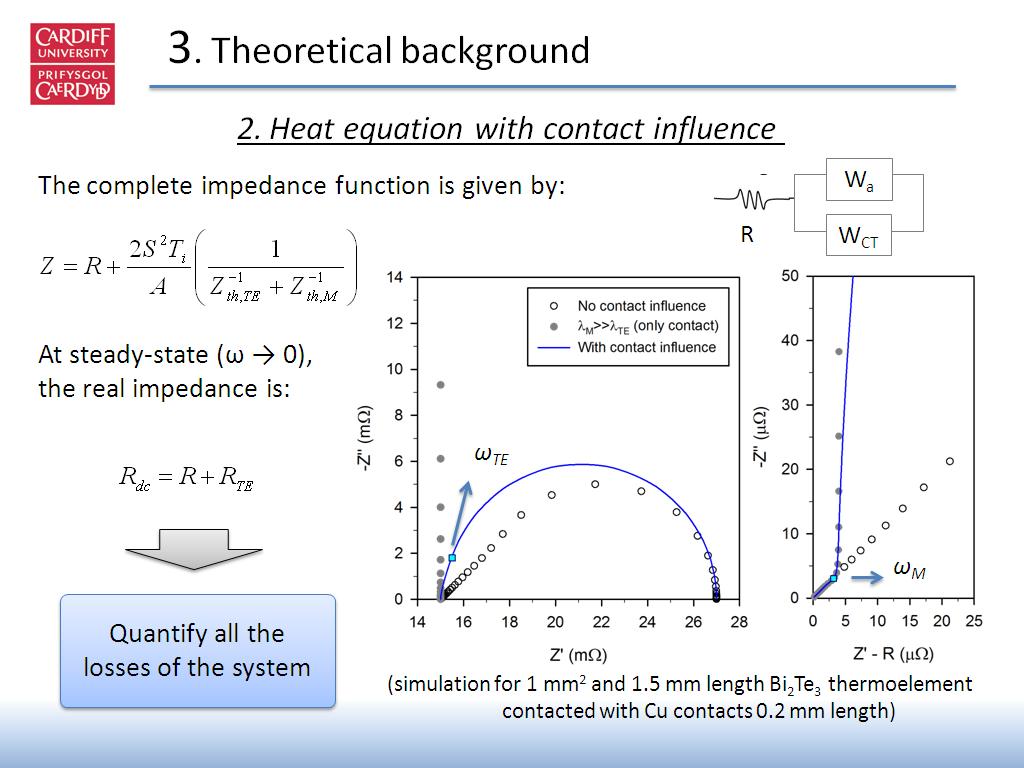 25. 3. Theoretical background
1749.0824157490824
00:00/00:00
25. 3. Theoretical background
1749.0824157490824
00:00/00:00 -
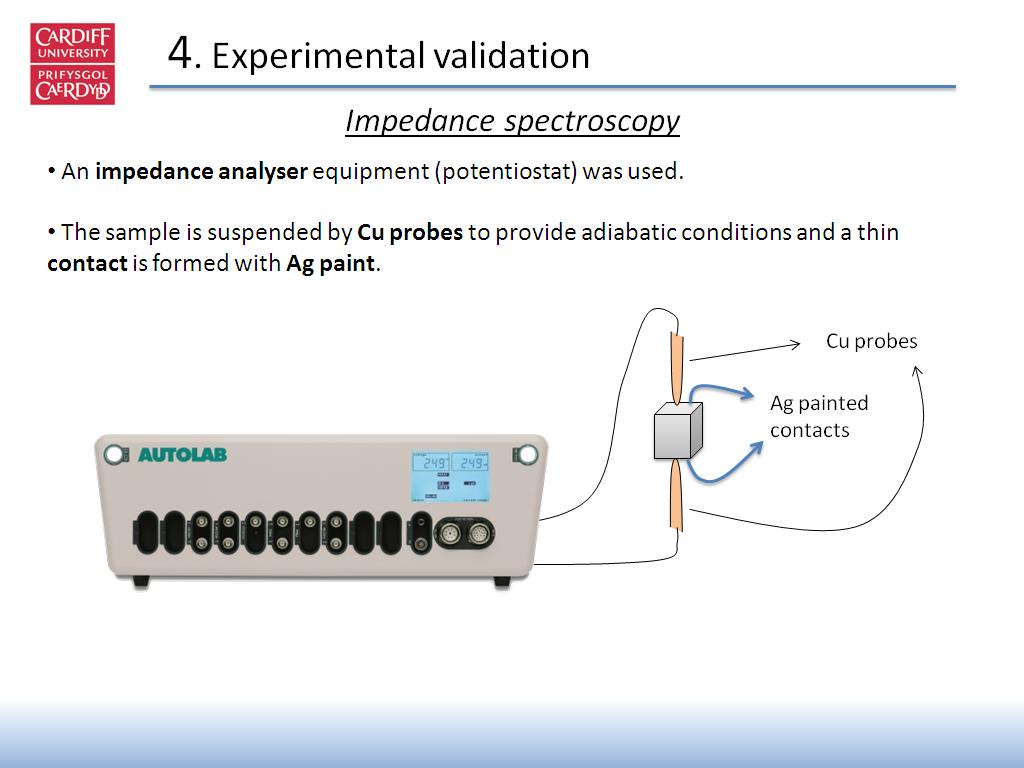 26. 4. Experimental validation
1917.3506840173507
00:00/00:00
26. 4. Experimental validation
1917.3506840173507
00:00/00:00 -
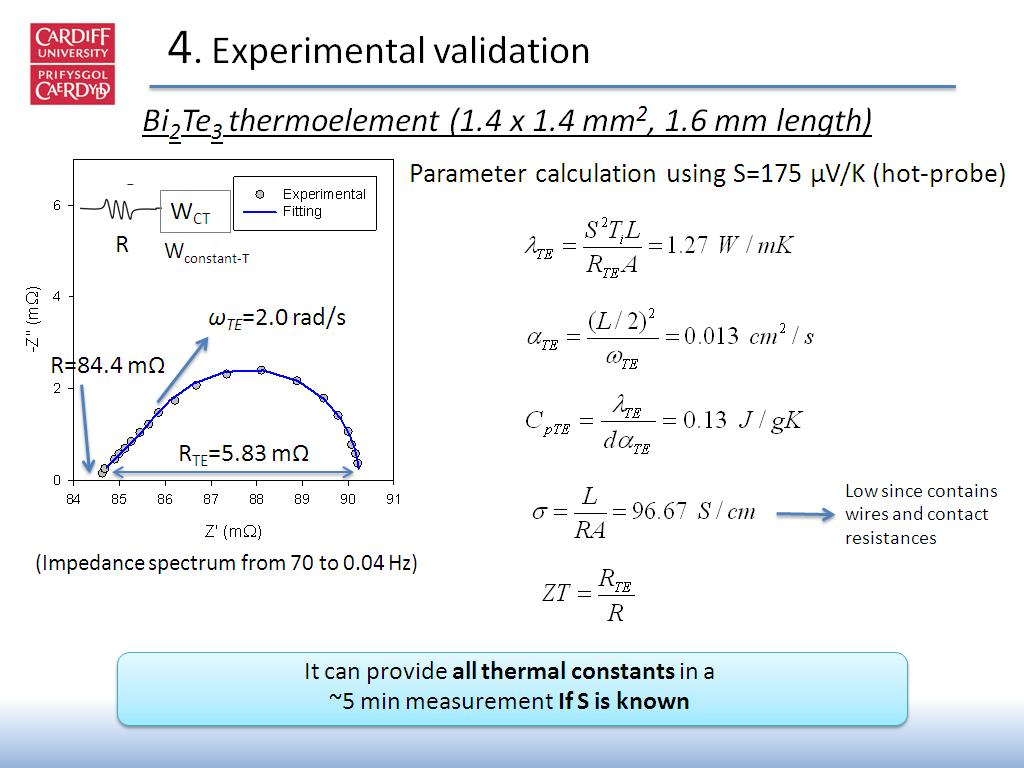 27. 4. Experimental validation
1962.0286953620287
00:00/00:00
27. 4. Experimental validation
1962.0286953620287
00:00/00:00 -
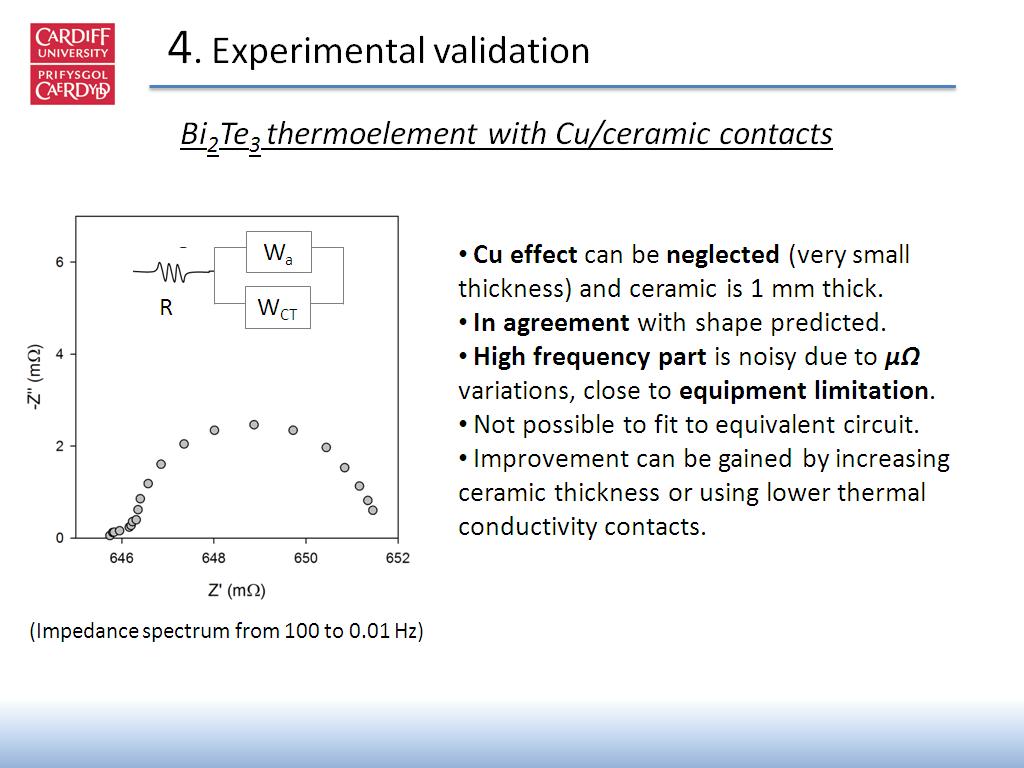 28. 4. Experimental validation
2065.5655655655655
00:00/00:00
28. 4. Experimental validation
2065.5655655655655
00:00/00:00 -
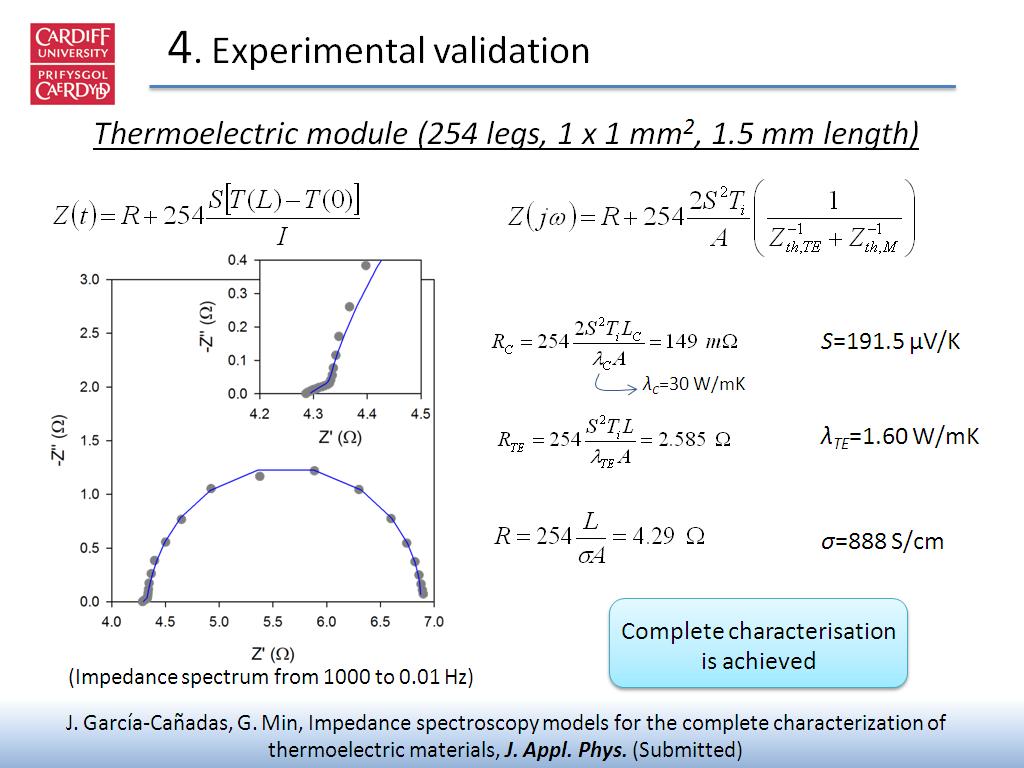 29. 4. Experimental validation
2126.0260260260261
00:00/00:00
29. 4. Experimental validation
2126.0260260260261
00:00/00:00 -
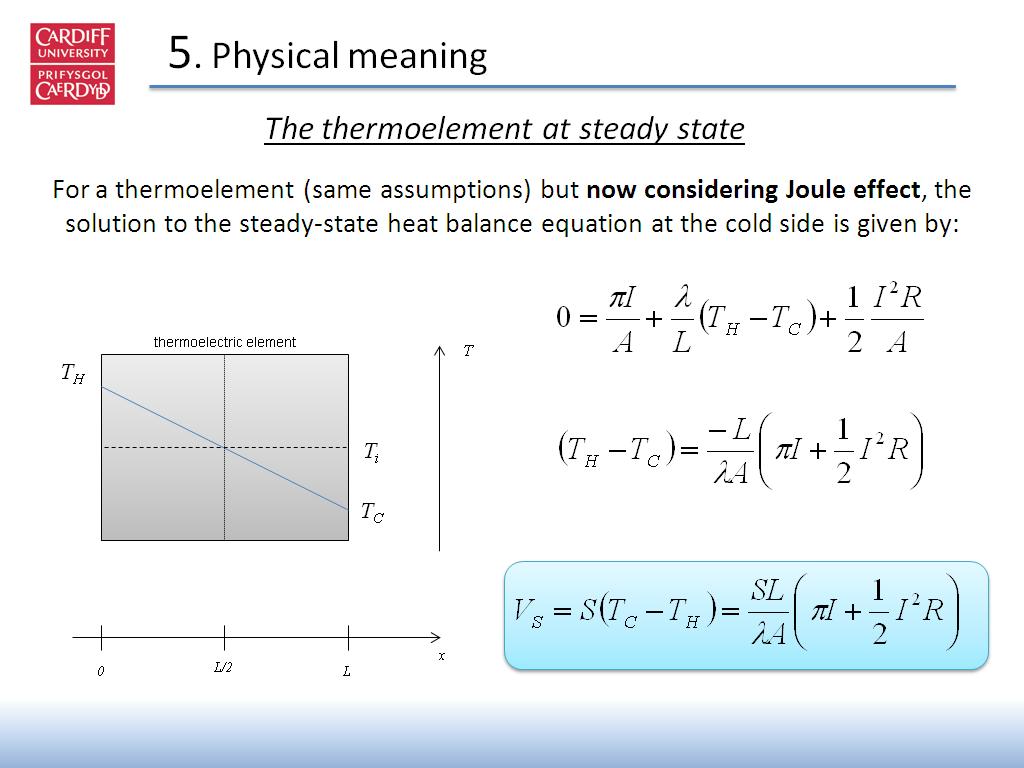 30. 5. Physical meaning
2287.6209542876209
00:00/00:00
30. 5. Physical meaning
2287.6209542876209
00:00/00:00 -
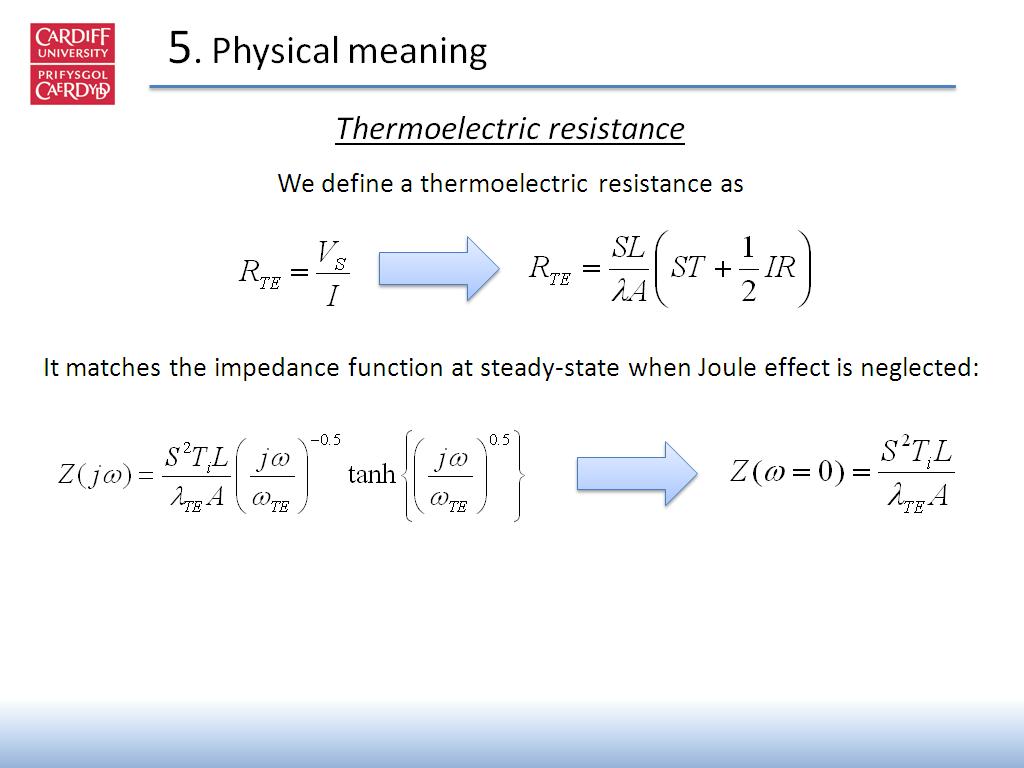 31. 5. Physical meaning
2357.223890557224
00:00/00:00
31. 5. Physical meaning
2357.223890557224
00:00/00:00 -
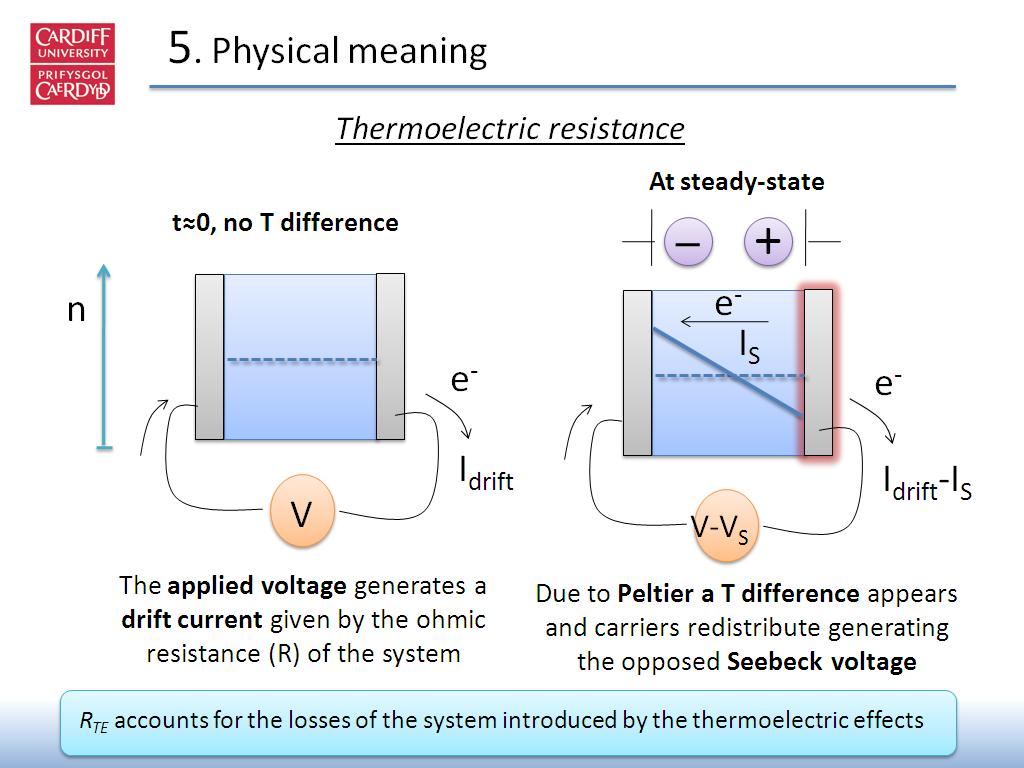 32. 5. Physical meaning
2391.6583249916584
00:00/00:00
32. 5. Physical meaning
2391.6583249916584
00:00/00:00 -
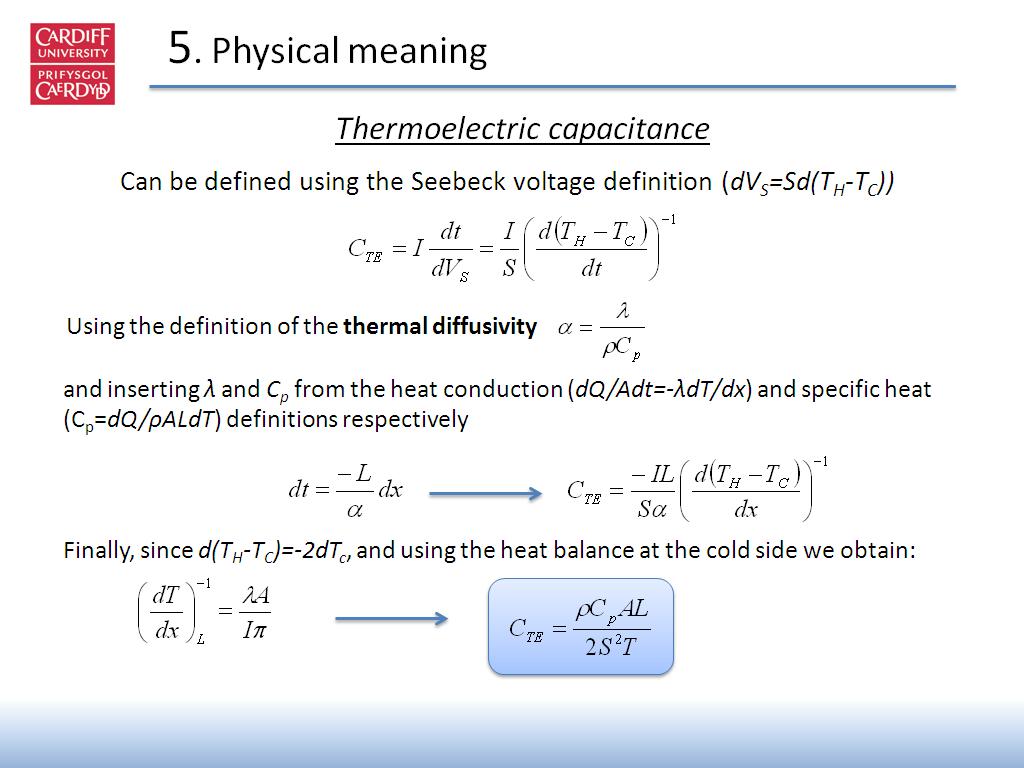 33. 5. Physical meaning
2471.1711711711714
00:00/00:00
33. 5. Physical meaning
2471.1711711711714
00:00/00:00 -
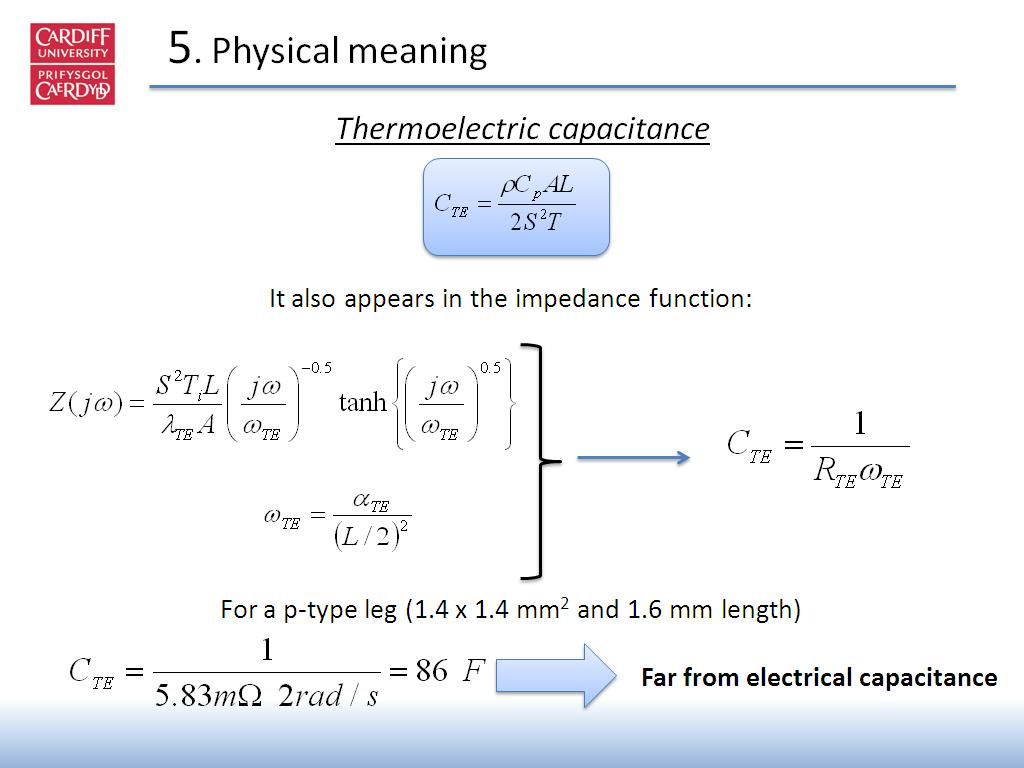 34. 5. Physical meaning
2555.6890223556893
00:00/00:00
34. 5. Physical meaning
2555.6890223556893
00:00/00:00 -
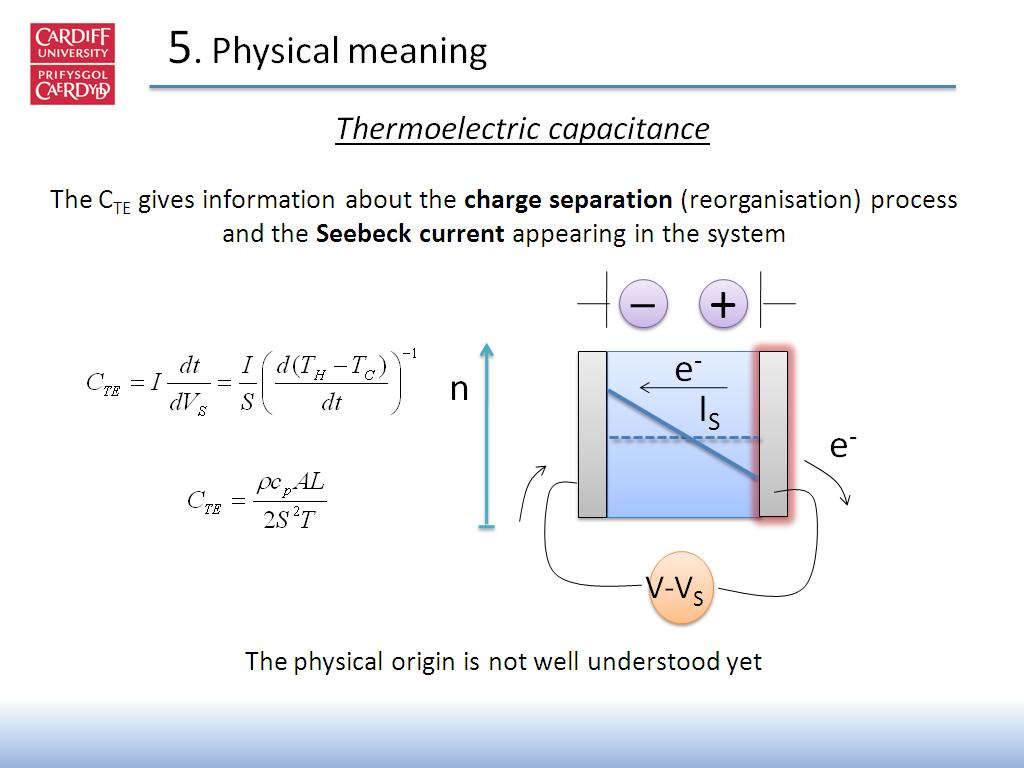 35. 5. Physical meaning
2578.8121454788125
00:00/00:00
35. 5. Physical meaning
2578.8121454788125
00:00/00:00 -
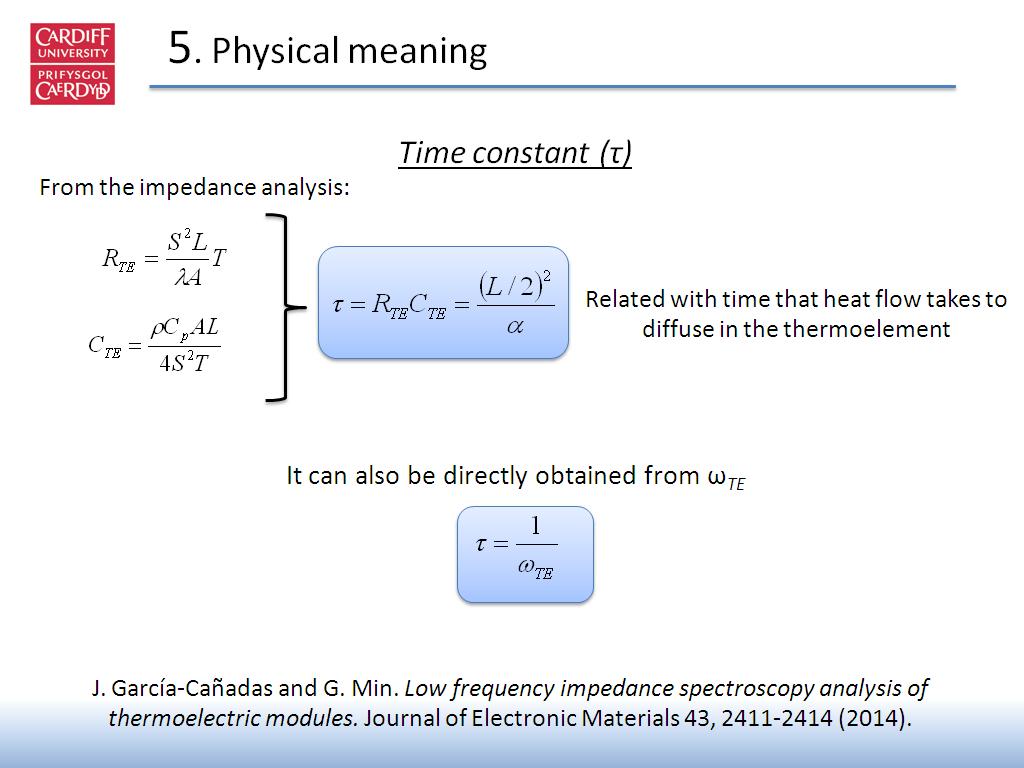 36. 5. Physical meaning
2637.8044711378047
00:00/00:00
36. 5. Physical meaning
2637.8044711378047
00:00/00:00 -
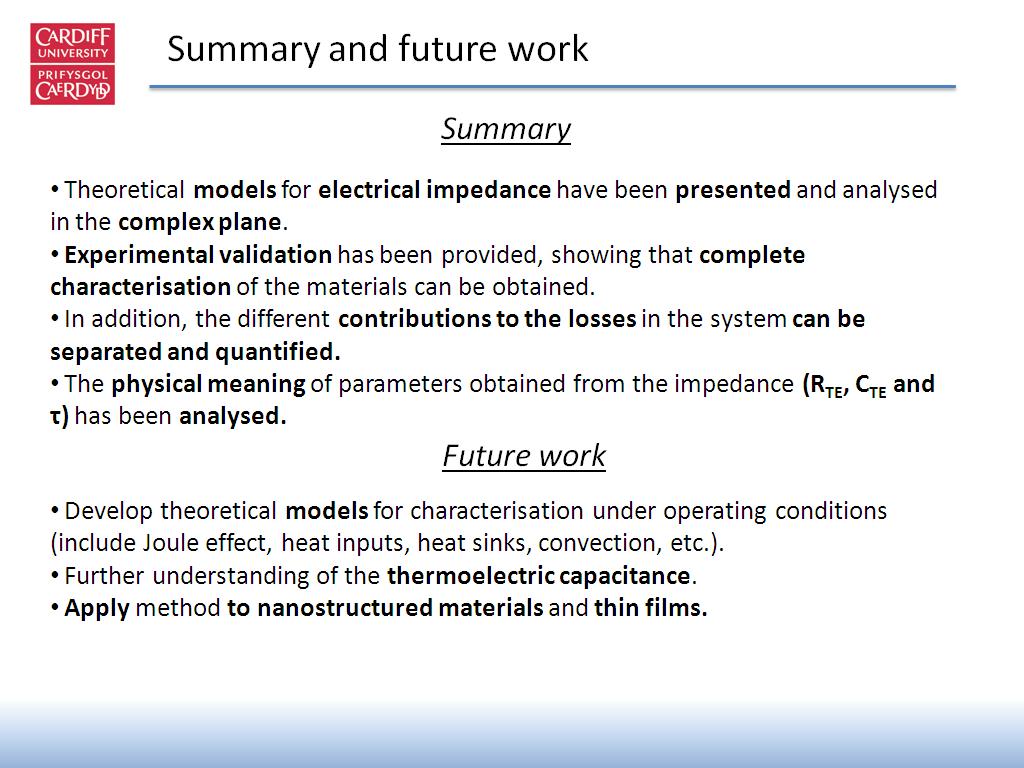 37. Summary and future work
2684.8515181848516
00:00/00:00
37. Summary and future work
2684.8515181848516
00:00/00:00 -
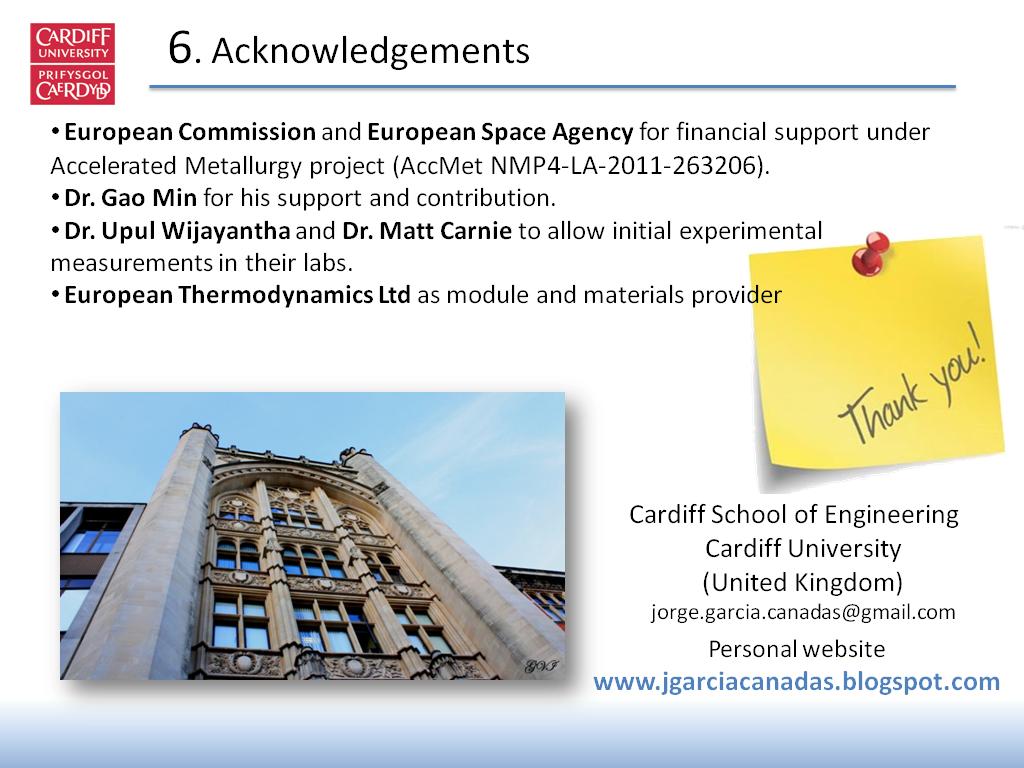 38. 6. Acknowledgements
2772.7727727727729
00:00/00:00
38. 6. Acknowledgements
2772.7727727727729
00:00/00:00 -
 39. 4. Experimental validation
3075.408742075409
00:00/00:00
39. 4. Experimental validation
3075.408742075409
00:00/00:00
